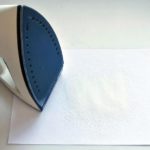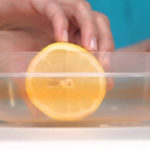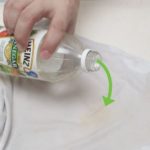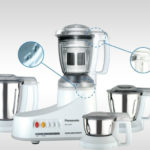Cutting boards are an essential tool in every kitchen. While most people focus on other kitchen utensils such as knives, pans, and pots, they often overlook the importance of a cutting board, which has direct contact with food.
Plastic or wooden cutting boards for better health?
Cutting boards nowadays come in a wide variety of materials, colors, and designs. In general, plastic and wooden cutting boards are the most popular choices. To determine whether plastic or wooden cutting boards are better for our health, we need to compare these two types in several aspects.
Wooden cutting boards have better antibacterial properties
Wooden cutting boards, being made from natural materials, are often preferred because food has less contact with chemical elements compared to plastic cutting boards. The antibacterial substances in wood have the effect of preventing or slowing down the growth of bacteria on the surface of the cutting board.
According to a study conducted by Professor Dean O. Cliver, a food safety expert at the University of California, salmonella bacteria were cultured on both new plastic and wooden cutting boards, and then the cutting boards were cleaned with soap and hot water.
With wooden cutting boards, the bacteria would be drawn down into the grooves on the surface, where they cannot grow or even die. Even on old wooden cutting boards with deep grooves, the presence of bacteria is still low.
“You might think that the bacteria trapped in the grooves would come back onto the food when we use a sharp knife to cut it,” Cliver said. However, his research shows that the bacteria do not reappear on the cutting board’s surface, even when the food is repeatedly chopped with a sharp knife.
On the other hand, plastic cutting boards, even after being cleaned and sanitized several times, still harbor bacteria. “With plastic cutting boards, even if you rinse them under hot water, the bacteria in the grooves can survive. Dishwashers also cannot solve the problem because the bacteria do not die but settle and stick back on the dishes inside the dishwasher,” Cliver said.
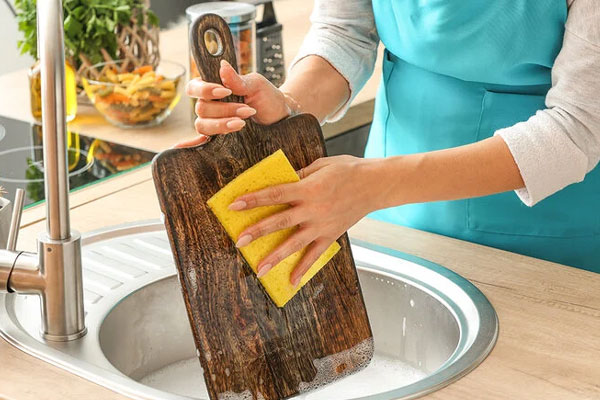
Wooden cutting boards are harder to clean
Wooden cutting boards require more time for cleaning after use. You should use warm water mixed with dish soap to scrub the cutting board, and then rinse and sanitize it with a disinfectant specifically designed for wooden cutting boards.
Stay away from disinfectants that contain chlorine as they can be harmful to the wood. After washing, dry the cutting board with a cloth and let it air dry completely before storing.
Wooden cutting boards may warp, crack, or even break if exposed to prolonged heat or moisture.
For plastic cutting boards, cleaning is simpler. Plastic cutting boards can withstand the high temperature of dishwashers without warping, so you can put them in the dishwasher.
However, if you frequently use the dishwasher to clean plastic cutting boards, their durability will be reduced, and you may have to replace them regularly.
Comparison of other factors
Many people prefer wooden cutting boards because they have more attractive designs and can even be used for presentation purposes for certain foods like grilled meat and cheese.
Plastic cutting boards are made of polyethylene or polypropylene, with a wide range of colors, making it easier for you to classify which one is for raw meat and which one is for vegetables, thus preventing cross-contamination.
Depending on the material, plastic cutting boards can be flexible or rigid; however, plastic takes a very long time to decompose, negatively affecting the environment.
If stored and cleaned properly, wooden cutting boards can be used for a long time. In contrast, plastic cutting boards have a short lifespan due to their tendency to accumulate stubborn stains.
So, should you use wooden or plastic cutting boards? You should decide based on the comparison of the advantages and disadvantages of these two types of cutting boards as well as your family’s needs and conditions. However, when it comes to the question of whether plastic or wooden cutting boards are better for health, the answer is wooden cutting boards.
According to the United States Department of Agriculture (USDA) and the Food and Drug Administration (FDA), using cutting boards made from hardwood, such as maple wood (a commonly used material for cutting boards in the US), or other hard woods is recommended.
However, remember that wooden cutting boards can also pose a health risk if not cleaned properly. Cliver gives the advice: “Do not let food residues stick to the cutting board’s surface. Clean it immediately after use.”
Source: VTC
























